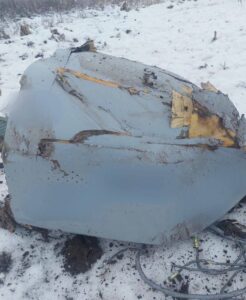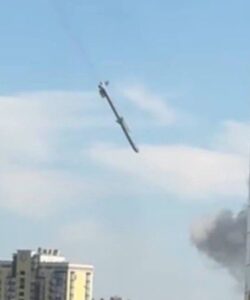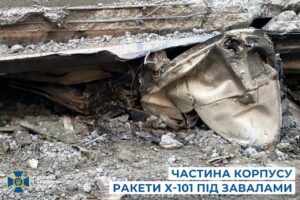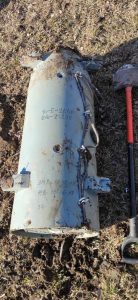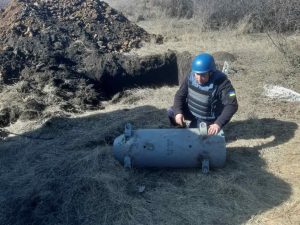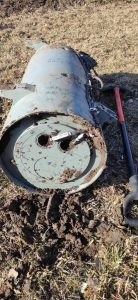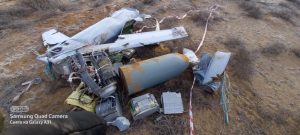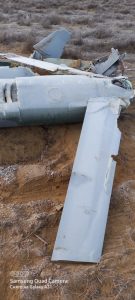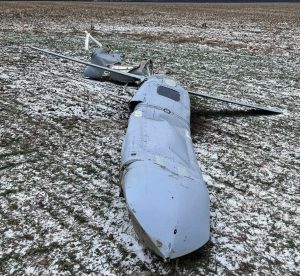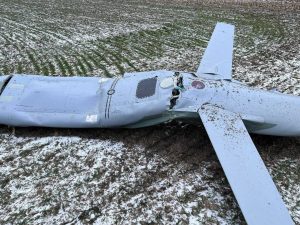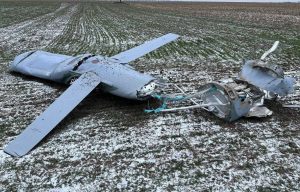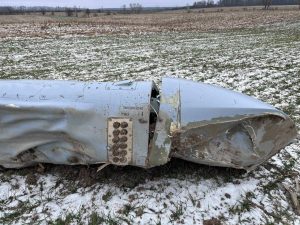13 results
Current Filter
Kh-101
A precision-guided, air-launched cruise missile produced in Russia. Once launched, the Kh-101 has a potential range of more than 2,500 kilometres and may deliver one of a variety of warheads, including 450 kg unitary high explosive, cluster, or penetrating types (a nuclear payload is available for the Kh-102 variant). The Kh-101 employs a low-altitude flight profile and uses radar-absorbent composite materials to reduce the chance of detection.









